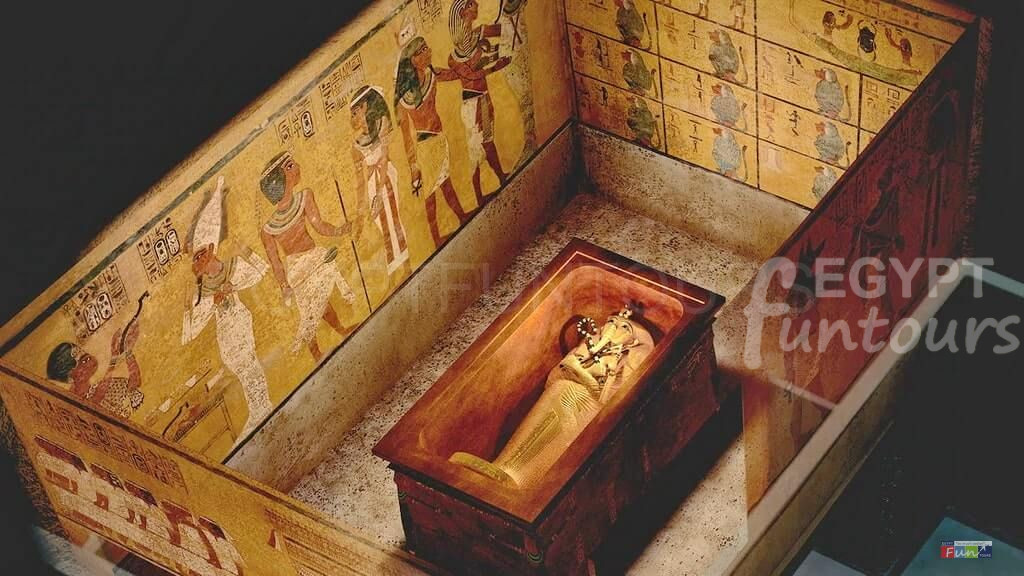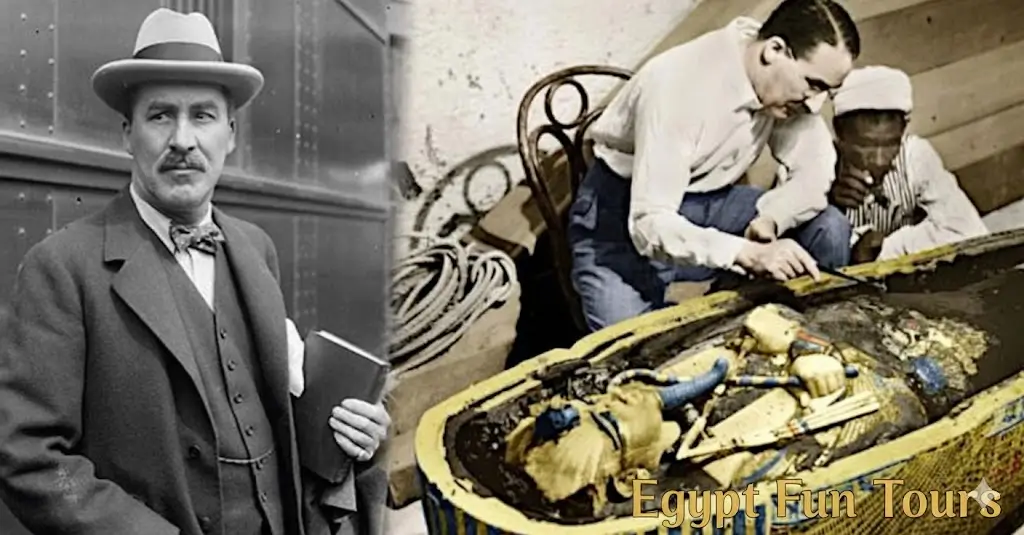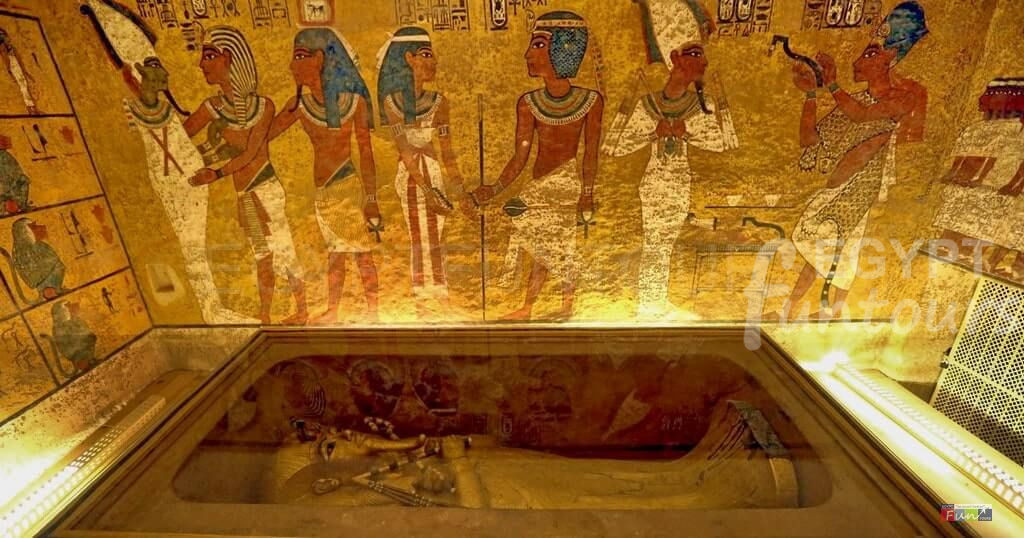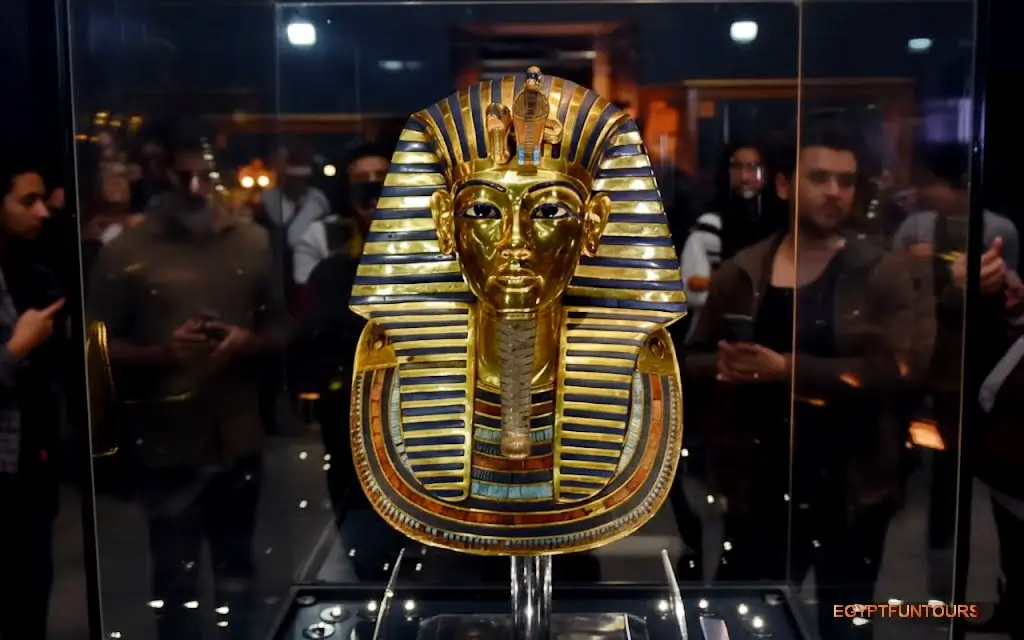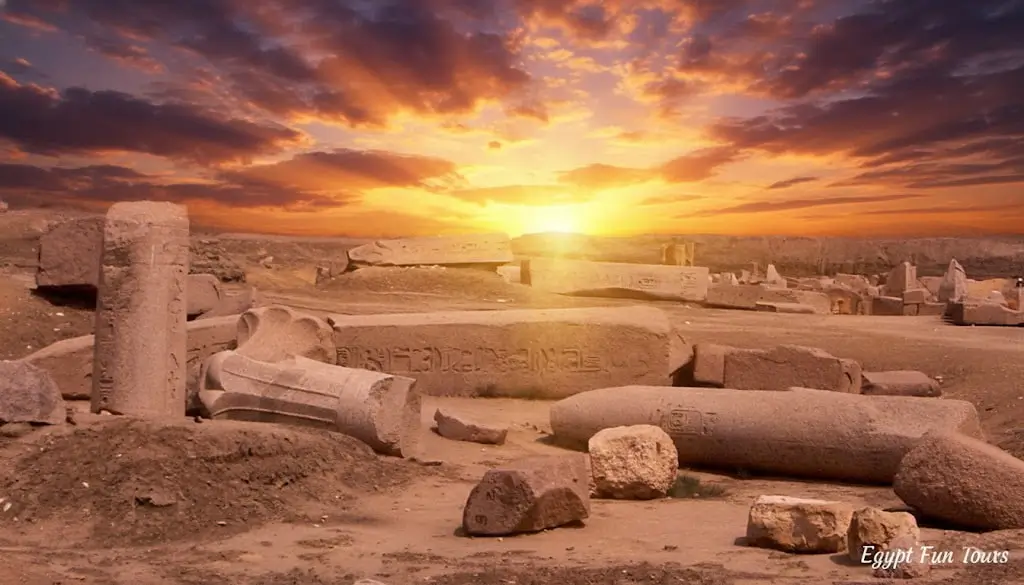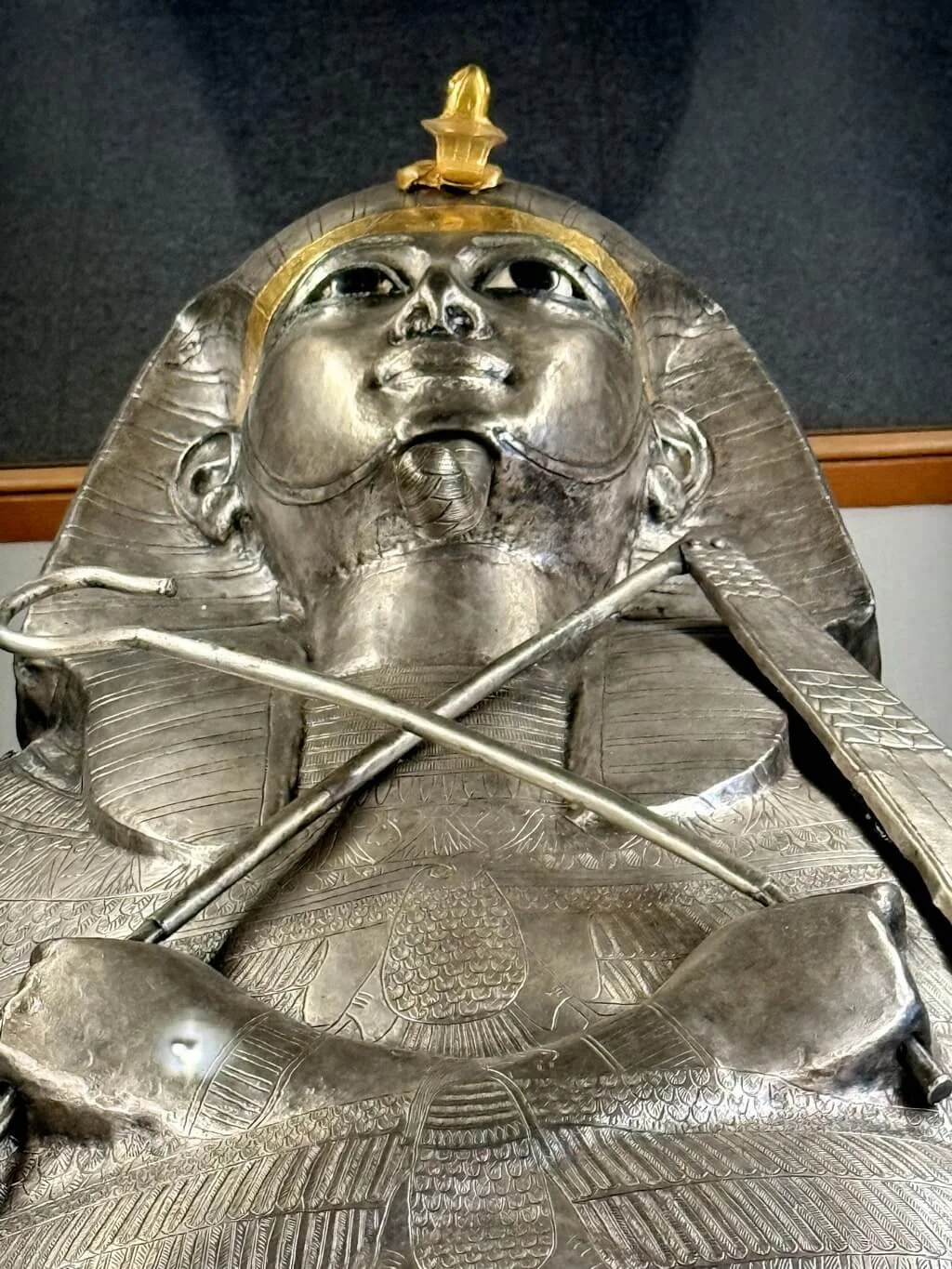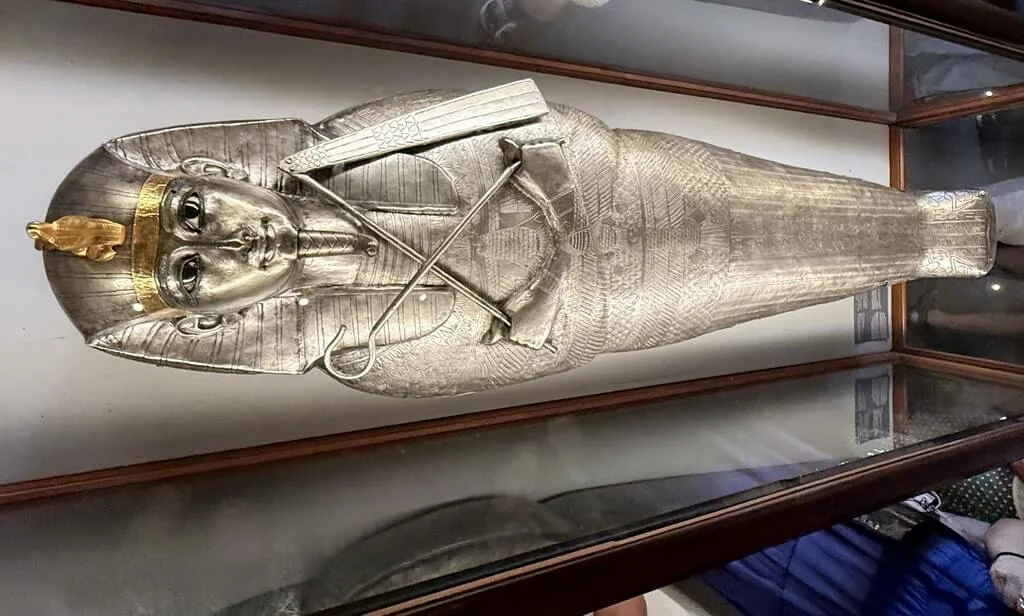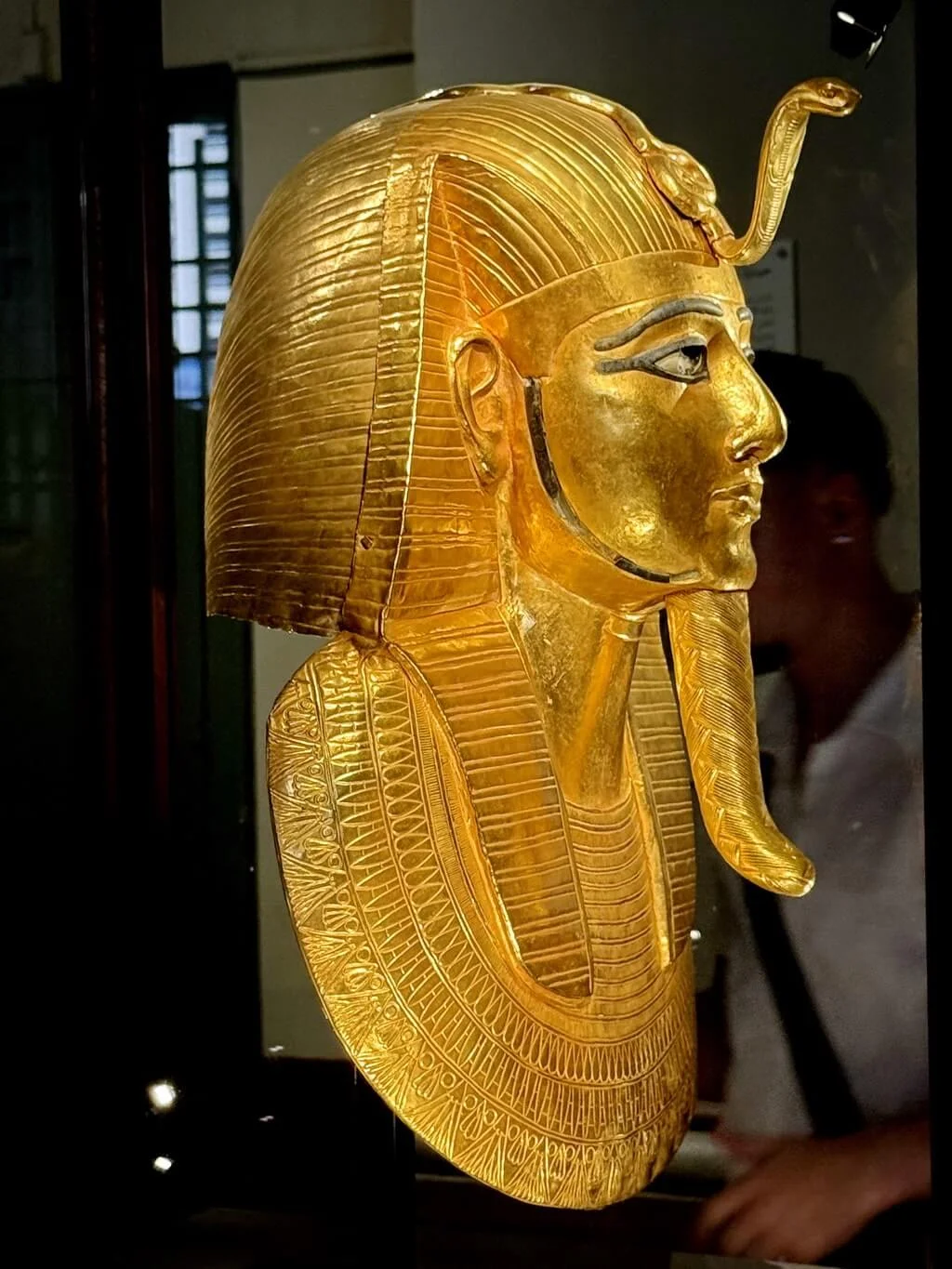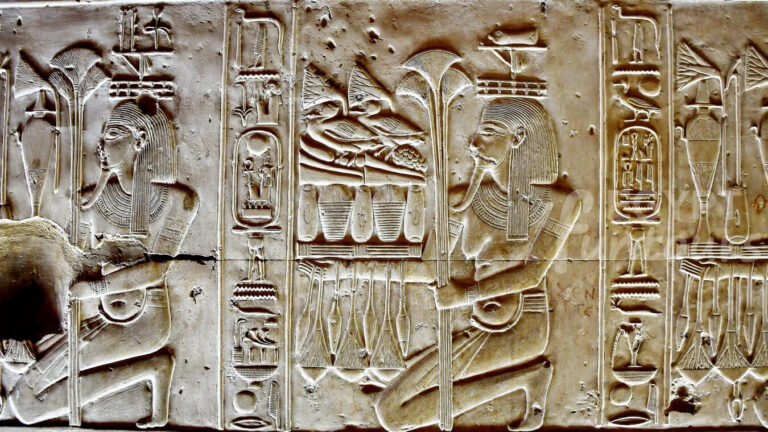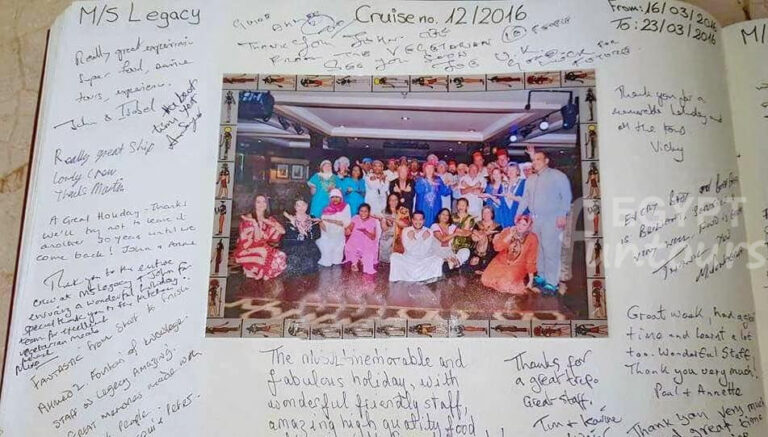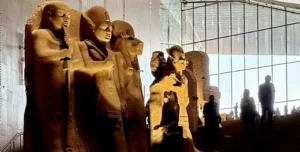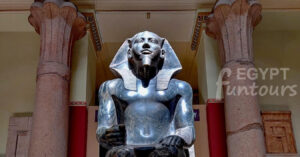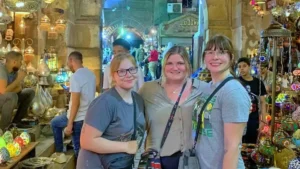When you think of intact Egyptian royal tombs, one name instantly springs to mind: Tutankhamun. His golden treasures captivated the world, becoming the benchmark for pharaonic splendor. But what if history held another, equally spectacular secret, veiled not by sand, but by the shadow of global conflict? The truth is, the story of undisturbed pharaonic burials is richer and more complex than most realize.
This guide delves deep into the fascinating accounts of the very few intact Egyptian royal tombs ever discovered. We will journey with the archaeologists who brushed away the dust of millennia, step into burial chambers sealed for over 3,000 years, and reveal the story of the “Silver Pharaoh“—a king whose completely untouched tomb rivaled Tutankhamun’s, yet whose discovery was tragically eclipsed by the outbreak of World War II. Prepare to see beyond the golden mask and uncover the full story.


